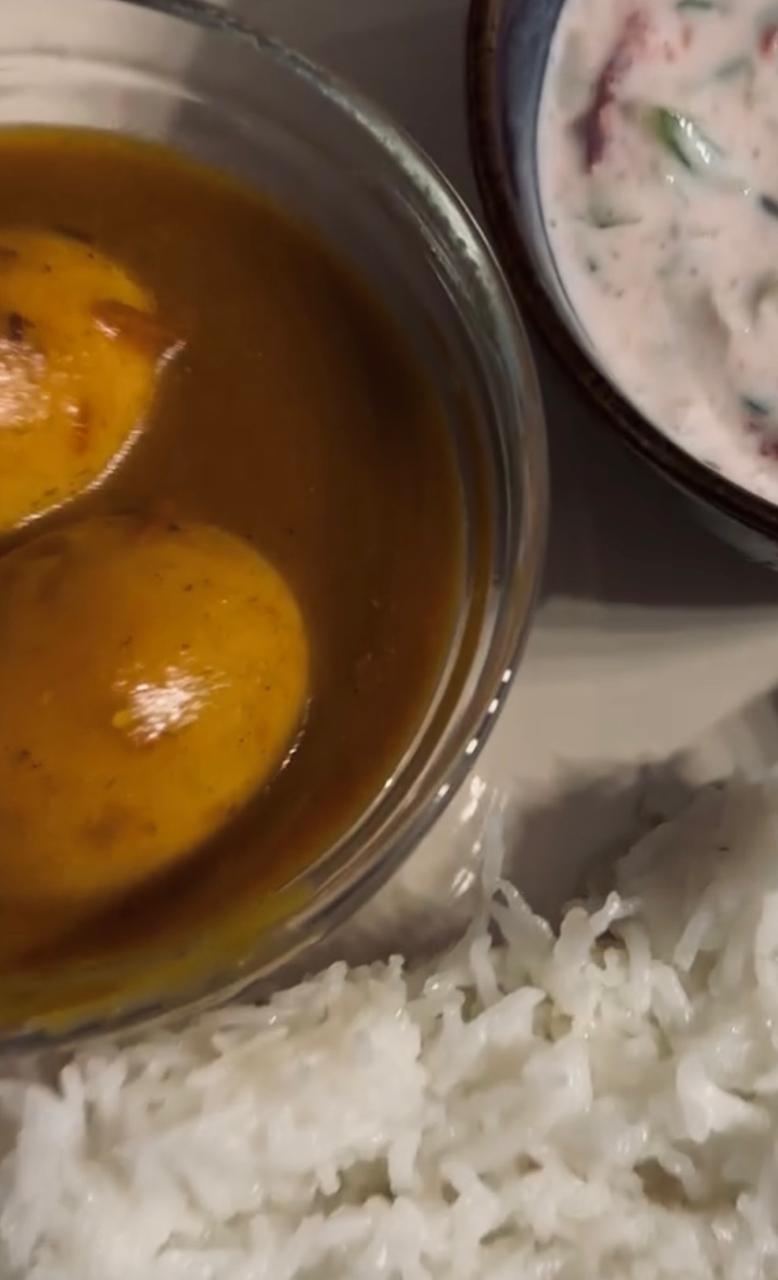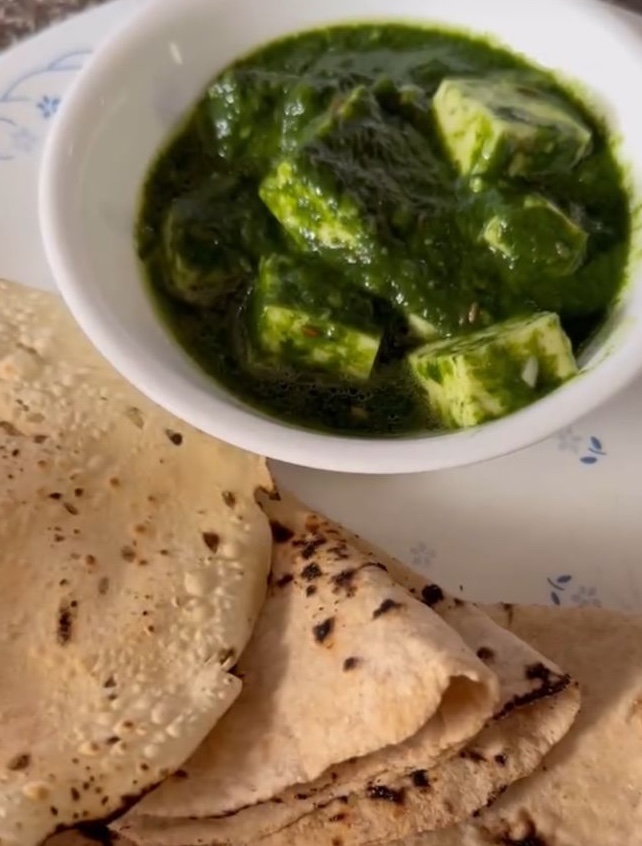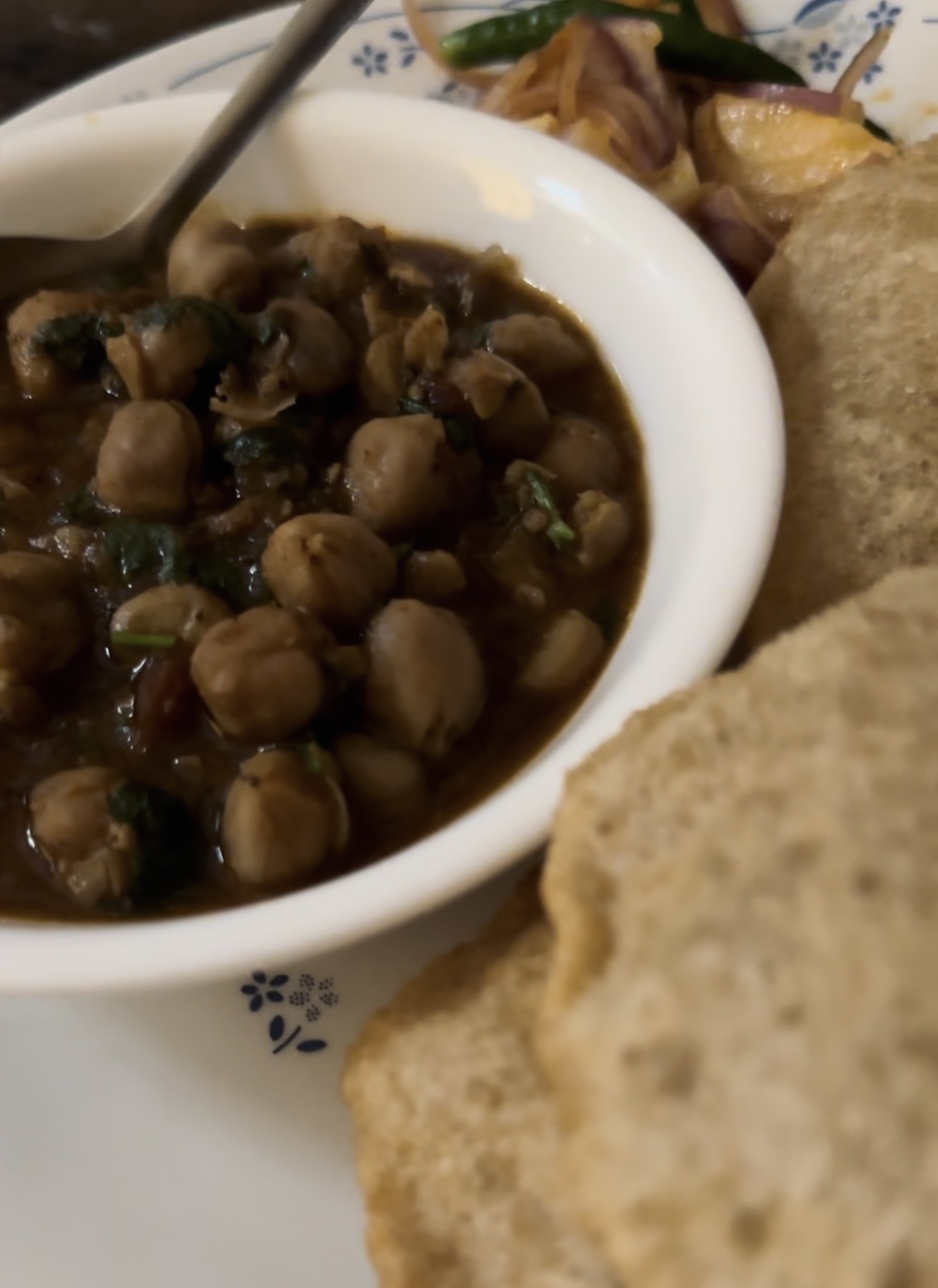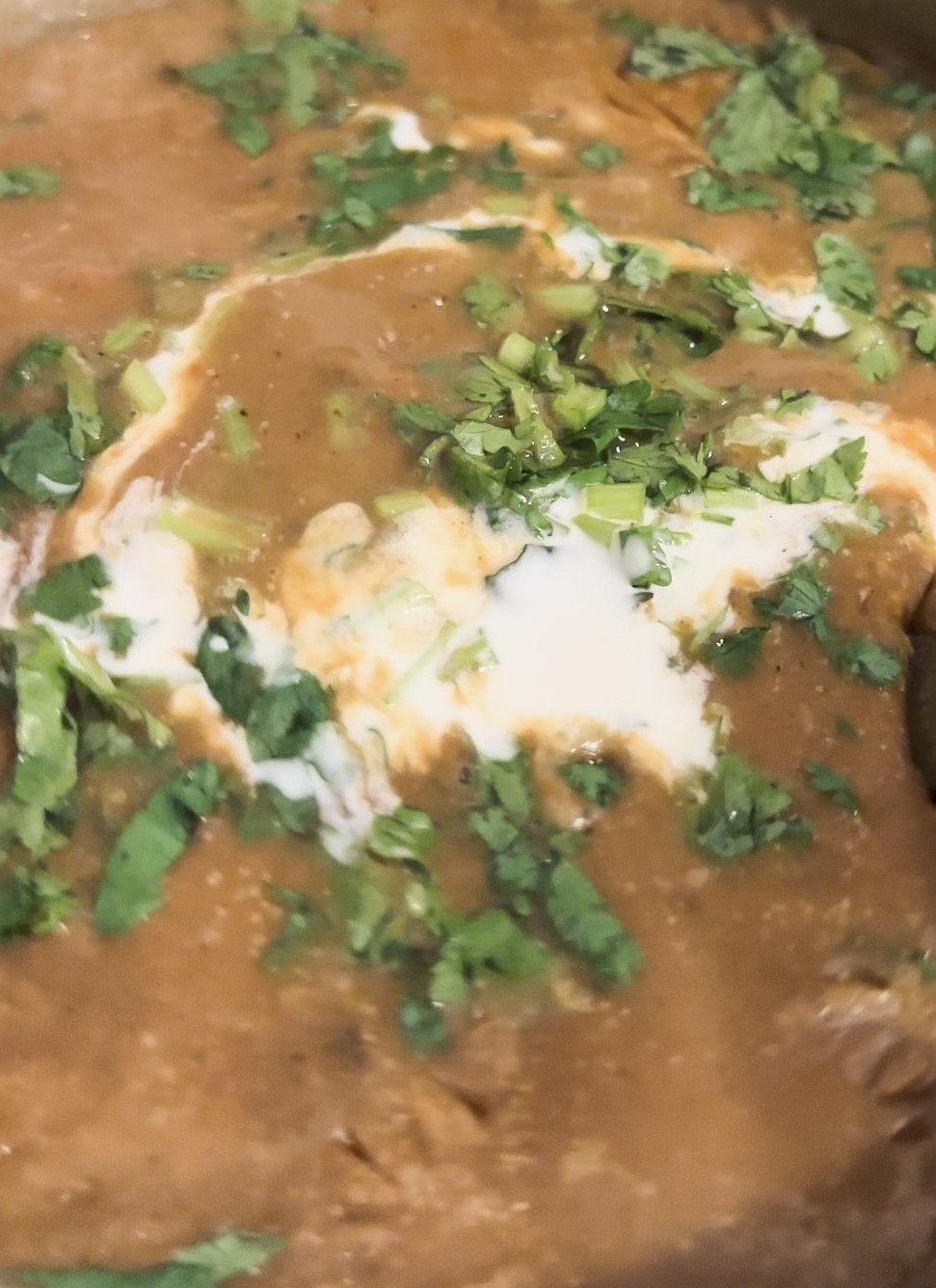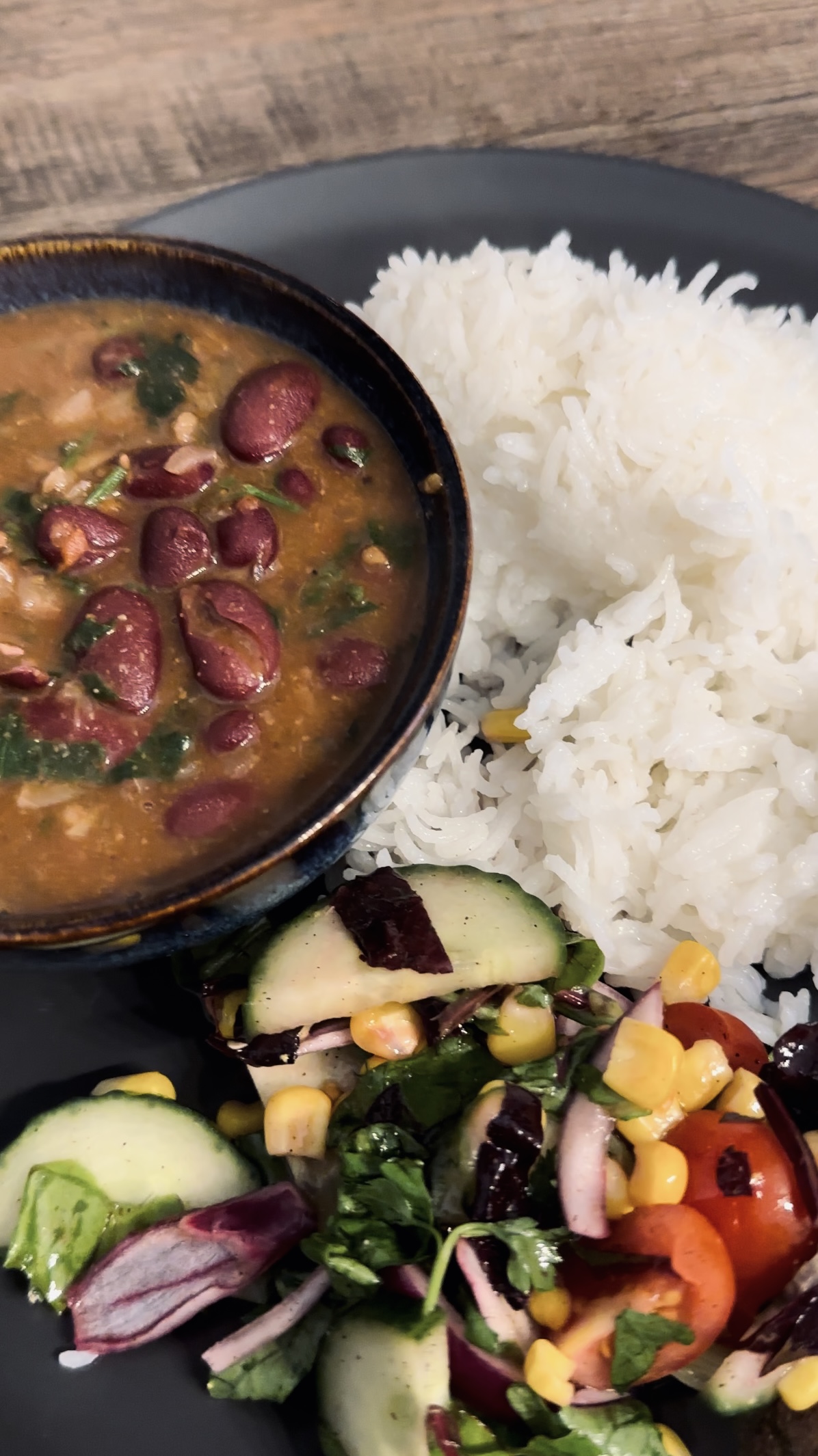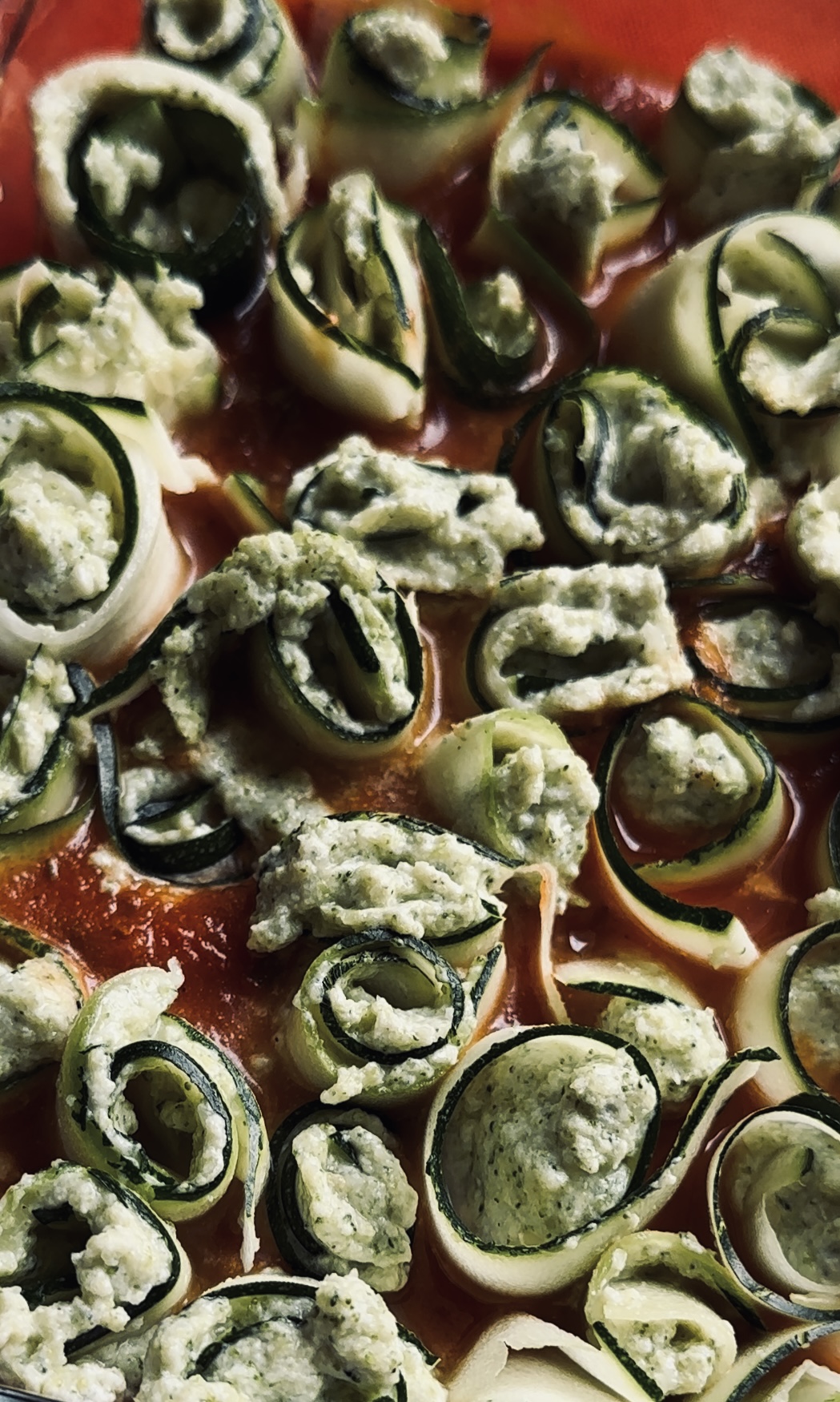The Story Behind Bhindi Masala: A Flavorful Indian Classic
Bhindi Masala, a staple in many Indian households, is a dish that perfectly captures the essence of traditional Indian cuisine. Made from okra, also known as bhindi in Hindi, this dish is a harmonious blend of spices and fresh ingredients that come together to create a flavorful and nutritious meal. Bhindi Masala is not just a dish; it is a reflection of India’s rich culinary heritage, characterized by the use of fresh vegetables, aromatic spices, and simple cooking techniques that yield complex flavors.
In this article, we will explore the origins of Bhindi Masala, its significance in Indian cuisine, and the various ways it is enjoyed across different regions of India. We will also discuss what other dishes pair well with Bhindi Masala, making it a versatile addition to any meal.
The Origins of Bhindi Masala
Bhindi Masala has its roots in the Indian subcontinent, where okra has been cultivated and consumed for centuries. Okra, also known as lady’s finger, is believed to have originated in Africa and was brought to India through trade routes. The vegetable quickly became popular in Indian cuisine due to its adaptability and ability to absorb the flavors of spices and other ingredients.
In India, okra is used in a variety of dishes, ranging from simple stir-fries to elaborate curries. Bhindi Masala is one of the most beloved preparations, known for its simplicity and delicious taste. The dish is particularly popular in North India, where it is often served as part of a traditional thali (a platter of various dishes) or as a standalone meal with bread or rice.
The word “masala” refers to a mixture of spices, and in Bhindi Masala, the okra is cooked with a blend of spices that typically includes cumin, turmeric, chili powder, and garlic. The spices not only enhance the flavor of the okra but also add warmth and depth to the dish, making it a comforting and satisfying meal.
Bhindi Masala Across Regions
While Bhindi Masala is popular across India, the preparation of the dish can vary significantly depending on the region. Each region adds its unique twist to the dish, reflecting local tastes and culinary traditions.
- North India: In North India, Bhindi Masala is often made with a generous amount of tomatoes and onions, which add sweetness and tanginess to the dish. The okra is typically stir-fried with spices until it is slightly crispy on the outside while remaining tender on the inside. In some variations, yogurt is added to create a creamy texture and to balance the heat of the spices.
- West India: In the western state of Maharashtra, Bhindi Masala is sometimes prepared with a hint of jaggery (a type of unrefined sugar) to add sweetness. The dish may also include coconut, which is a staple ingredient in Maharashtrian cuisine. The coconut adds richness to the dish and complements the earthy flavor of the okra.
- South India: In South India, Bhindi Masala is often made with curry leaves and mustard seeds, which are typical ingredients in South Indian cooking. The dish may also include tamarind, which adds a tangy flavor that contrasts with the spiciness of the chilies. The use of fresh coconut or coconut milk is also common, adding a creamy texture to the dish.
- East India: In Bengal, Bhindi Masala is sometimes prepared with a mustard paste, giving it a sharp and pungent flavor. The dish may also include potatoes, which add bulk and make the dish more filling. Bengali cuisine often emphasizes the use of mustard oil, which imparts a distinct aroma and flavor to the dish.
Health Benefits of Bhindi Masala
Bhindi Masala is not only delicious but also offers a range of health benefits. Okra is a nutrient-dense vegetable, rich in vitamins, minerals, and fiber. Here are some of the key health benefits of Bhindi Masala:
- High in Fiber: Okra is an excellent source of dietary fiber, which is essential for maintaining a healthy digestive system. The fiber in okra helps regulate bowel movements, prevent constipation, and promote the growth of beneficial gut bacteria. A diet high in fiber is also associated with a reduced risk of heart disease, type 2 diabetes, and certain types of cancer.
- Rich in Vitamins and Minerals: Okra is packed with essential vitamins and minerals, including vitamins A, C, and K, as well as folate and magnesium. Vitamin A is important for eye health and immune function, while vitamin C is a powerful antioxidant that helps protect the body from free radicals. Vitamin K plays a key role in blood clotting, and folate is essential for cell division and DNA synthesis.
- Supports Heart Health: The fiber, potassium, and magnesium in okra contribute to heart health by helping to regulate blood pressure and cholesterol levels. The antioxidants in okra also help reduce inflammation and prevent oxidative damage to the arteries, reducing the risk of cardiovascular disease.
- Helps Manage Blood Sugar Levels: Okra has a low glycemic index, meaning it causes a slower and more gradual rise in blood sugar levels. This makes it a good choice for individuals with diabetes or those looking to manage their blood sugar levels. The fiber in okra also helps slow down the absorption of sugar in the bloodstream, further aiding in blood sugar regulation.
- Supports Bone Health: Okra is a good source of calcium and magnesium, both of which are essential for maintaining strong and healthy bones. Calcium is the primary mineral found in bones, while magnesium helps regulate calcium levels and supports bone density. Including okra in your diet can help reduce the risk of osteoporosis and other bone-related conditions.
Pairing Bhindi Masala with Other Dishes
Bhindi Masala is a versatile dish that pairs well with a variety of other dishes, making it a great addition to any meal. Here are some popular ways to enjoy Bhindi Masala:
- Bhindi Masala with Chapati or Roti: One of the most common ways to enjoy Bhindi Masala is with chapati or roti, which are types of Indian flatbread. The soft, warm bread complements the spicy and flavorful okra, creating a satisfying and balanced meal. This combination is often enjoyed as a lunch or dinner in Indian households.
- Bhindi Masala with Rice: Bhindi Masala also pairs well with rice, particularly basmati rice or jeera rice (rice cooked with cumin seeds). The mild flavor of the rice allows the spices in the Bhindi Masala to shine, making each bite a delightful experience. This combination is a popular choice for a light yet filling meal.
- Bhindi Masala with Dal: For a more complete and protein-rich meal, Bhindi Masala can be served with dal (lentil soup). The creamy, comforting dal balances the spiciness of the Bhindi Masala, creating a harmonious and nutritious meal. This combination is often served as part of a traditional thali, which includes a variety of dishes served on a single platter.
- Bhindi Masala with Curd (Yogurt): Bhindi Masala pairs beautifully with curd or yogurt, which adds a cooling element to the dish and helps balance the heat of the spices. A side of yogurt can also add creaminess to the meal and provide probiotics, which are beneficial for gut health. This combination is particularly refreshing during the summer months.
- Bhindi Masala with Papad: For added crunch and flavor, Bhindi Masala can be served with papad (crispy lentil crackers). The crispy texture of the papad contrasts with the softness of the okra, creating a delightful combination of textures. Papad can be enjoyed on the side or crumbled over the Bhindi Masala for an extra layer of flavor.
- Bhindi Masala with Pickles: Indian pickles, known as achar, add a tangy and spicy kick to Bhindi Masala. The pickles can be made from a variety of ingredients, such as mango, lime, or mixed vegetables, and are preserved in a mixture of oil, spices, and salt. A small serving of pickles can elevate the flavor of the Bhindi Masala and add a burst of umami to the meal.
Bhindi Masala as a Versatile Dish
One of the reasons Bhindi Masala is so beloved is its versatility. The dish can be enjoyed in different ways and can be adapted to suit various dietary preferences and occasions. Here are some ways Bhindi Masala can be enjoyed:
- As a Main Course: Bhindi Masala can be served as a main course, accompanied by chapati, roti, or rice. This simple yet flavorful dish is filling and nutritious, making it a perfect choice for a quick and easy dinner.
- As a Side Dish: Bhindi Masala can also be served as a side dish, alongside other Indian dishes such as dal, curry, or biryani. Its bold flavors complement a variety of dishes, making it a versatile addition to any meal.
- In a Lunchbox: Bhindi Masala is a popular choice for lunchboxes, as it is easy to prepare and can be enjoyed at room temperature. The dish holds up well in a lunchbox and can be paired with chapati, rice, or a side of yogurt for a balanced meal.
- For Entertaining: Bhindi Masala is a great dish to serve when entertaining guests. Its vibrant colors and rich flavors make it an appealing and satisfying dish that is sure to impress. The dish can be made in advance and reheated before serving, making it a convenient option for hosting.
- As a Healthy Option: Bhindi Masala is a healthy and nutritious dish that can be enjoyed as part of a balanced diet. The dish is naturally low in calories and fat, making it a great option for those looking to maintain a healthy weight. It is also packed with vitamins, minerals, and fiber, making it a nourishing choice for any meal.
Bhindi Masala is a classic Indian dish that has stood the test of time. Its simplicity, versatility, and rich flavors make it a beloved dish in Indian cuisine, enjoyed by people of all ages. Whether served as a main course, side dish, or part of a larger meal, Bhindi Masala is sure to satisfy your taste buds and provide a nourishing and satisfying meal.
The dish’s origins in traditional Indian cooking, combined with its health benefits and adaptability, make Bhindi Masala a must-try for anyone looking to explore the flavors of Indian cuisine. Whether you’re enjoying it with chapati, rice, or a side of yogurt, Bhindi Masala is a dish that brings comfort, warmth, and flavor to the table.
Description
Bhindi Masala is a classic Indian dish made with stir-fried okra (bhindi) cooked in a medley of spices. This simple yet flavorful recipe is a perfect accompaniment to rice or chapati, offering a delightful combination of textures and tastes. With a hint of garlic, the warmth of red chili powder, and the earthiness of turmeric, this dish is sure to be a hit at your dinner table.
Ingredients
Instructions
-
Prepare the Spices:
In a small bowl, mix the red chili powder with minced garlic and mash it together to form a paste. Set aside.
-
Cook the Spices:
- Heat 2 tablespoons of oil in a pan over medium heat.
- Add 1 teaspoon of mustard seeds and let them splutter.
- Add the curry leaves and sauté for a few seconds until fragrant.
-
Add the Bhindi:
- Stir in the garlic-chili paste and sauté for a minute until the raw smell of garlic is gone.
- Add 1/2 teaspoon of turmeric powder and mix well.
- Add the chopped bhindi (okra) to the pan, sprinkle with salt to taste, and stir to coat the bhindi with the spices.
-
Cook the Bhindi:
- Lower the heat and cook the bhindi, stirring occasionally, until it is tender and slightly crispy around the edges, about 10-15 minutes.
- Make sure not to overcook the bhindi, as it should remain firm and not become mushy.
-
Serve:
Once the bhindi is cooked to your liking, remove it from the heat and serve hot with chapati, roti, or rice.
Nutrition Facts
Servings 2
- Amount Per Serving
- Calories 150kcal
- % Daily Value *
- Total Fat 10g16%
- Saturated Fat 1g5%
- Sodium 300mg13%
- Potassium 300mg9%
- Total Carbohydrate 10g4%
- Dietary Fiber 3g12%
- Sugars 2g
- Protein 2g4%
- Vitamin A 700 IU
- Vitamin C 20 mg
- Calcium 60 mg
- Iron 2 mg
* Percent Daily Values are based on a 2,000 calorie diet. Your daily value may be higher or lower depending on your calorie needs.
Note
- Ensure the bhindi is dry before adding it to the pan to avoid it becoming slimy.
- You can add a pinch of amchur (dried mango powder) at the end for a tangy flavor.
- Serve the bhindi masala hot with a squeeze of lemon juice for extra freshness.



